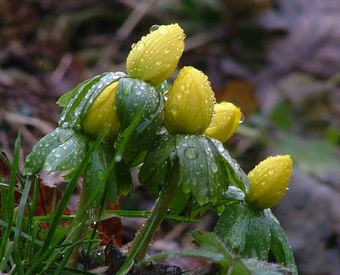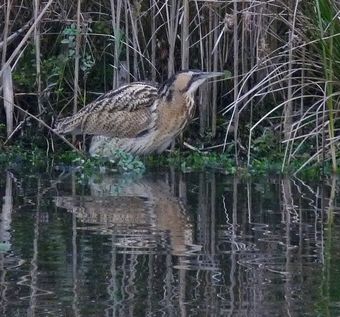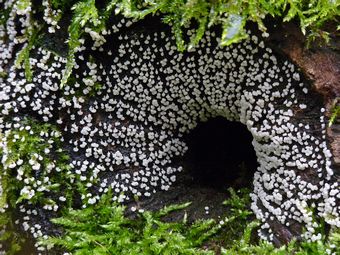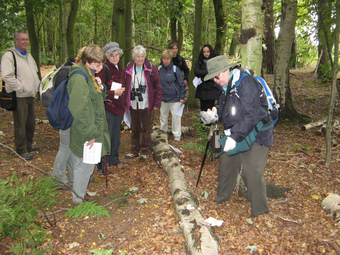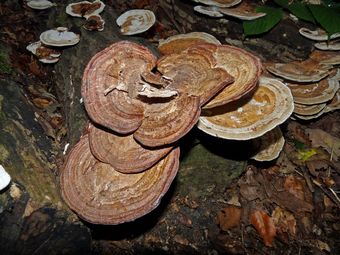By Canal And River From Rodley, February 16th, 2010
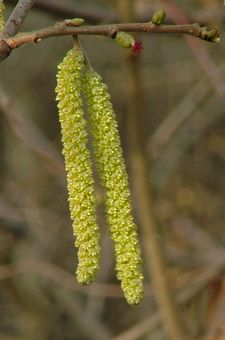 Hazel CatkinsOnly eleven people came on today's trip, a local walk starting at Rodley.Several people came by car. One participant had withdrawn due to snow in Queensbury and unfortunately Enid, today's walk leader, had to withdraw from this event due to family commitments. Responsibility for leading then fell to a trio of ladies who had recently recced this walk with Enid.
Hazel CatkinsOnly eleven people came on today's trip, a local walk starting at Rodley.Several people came by car. One participant had withdrawn due to snow in Queensbury and unfortunately Enid, today's walk leader, had to withdraw from this event due to family commitments. Responsibility for leading then fell to a trio of ladies who had recently recced this walk with Enid.
Happily, although cold, Rodley was snow free. Dark clouds did linger, but thankfully the sun shone throughout the day. We set off from Bridge Road, Rodley, crossing the swing bridge to walk alongside the canal towards Calverley. Several swans and cygnets were seen, along with some mallards, canada geese and moorhens. Soon after passing Rodley visitor moorings we turned off the canal path to cross the Packhorse Bridge over the River Aire, where we saw a pair of goosanders. On the far side of the river we took the riverside path heading towards Newlay. We had to watch our footing in the very muddy conditions.Little fungi was evident, but Veronica shared her growing interest in lichens with the group. We saw some snowdrops in flower.We also saw a couple of male bullfinches. Our path headed away from the river towards the Newlay housing estate. Having walked at an unusually steady pace, we reached our lunchstop near the Abbey Inn quite early before the pub had opened. We ate our packed lunch outside and then had an unhurried drink in the Abbey Inn before heading back along the canal towpath towrds Rodley.We took time to look at the buds, catkins and cones on the trees, including alder and hazel.A flock of long-tailed tits were seen. A tufted duck was spotted on the canal. We arrived back at the starting point around 2pm. Having seen little sun of late, this turned out to be a very pleasant walk.
Sue

